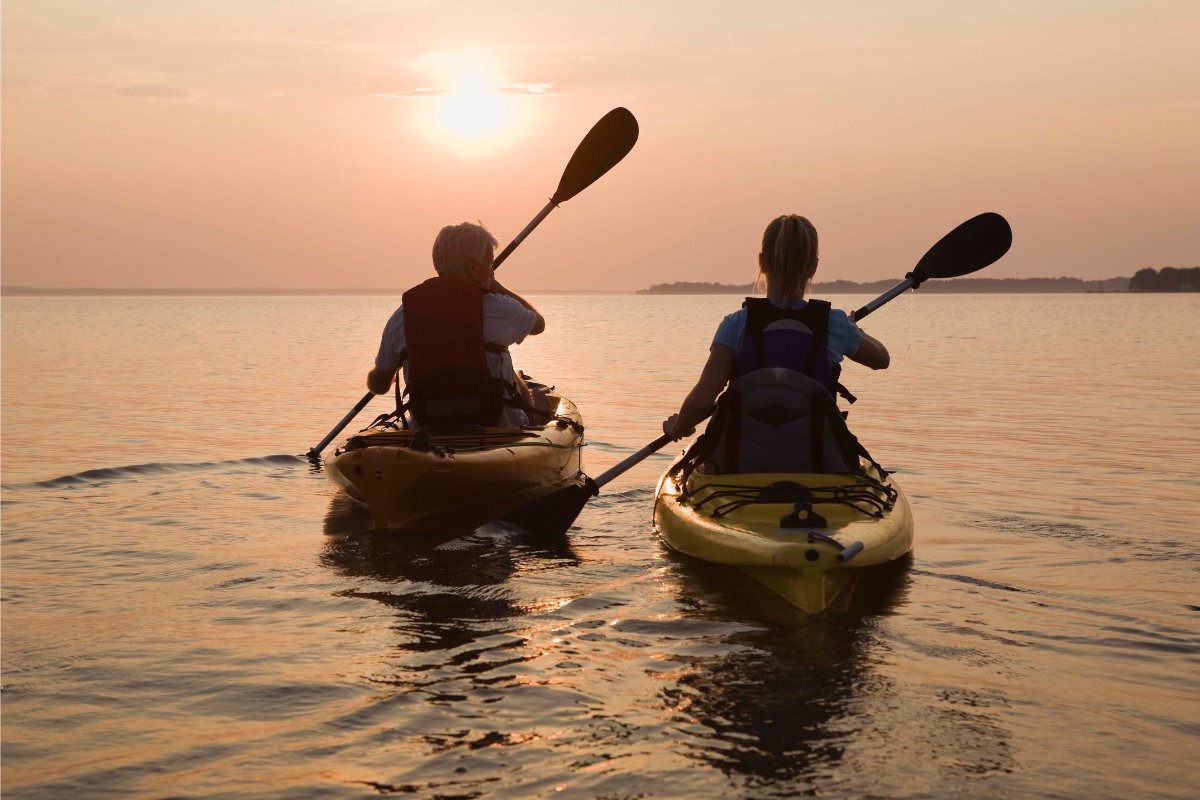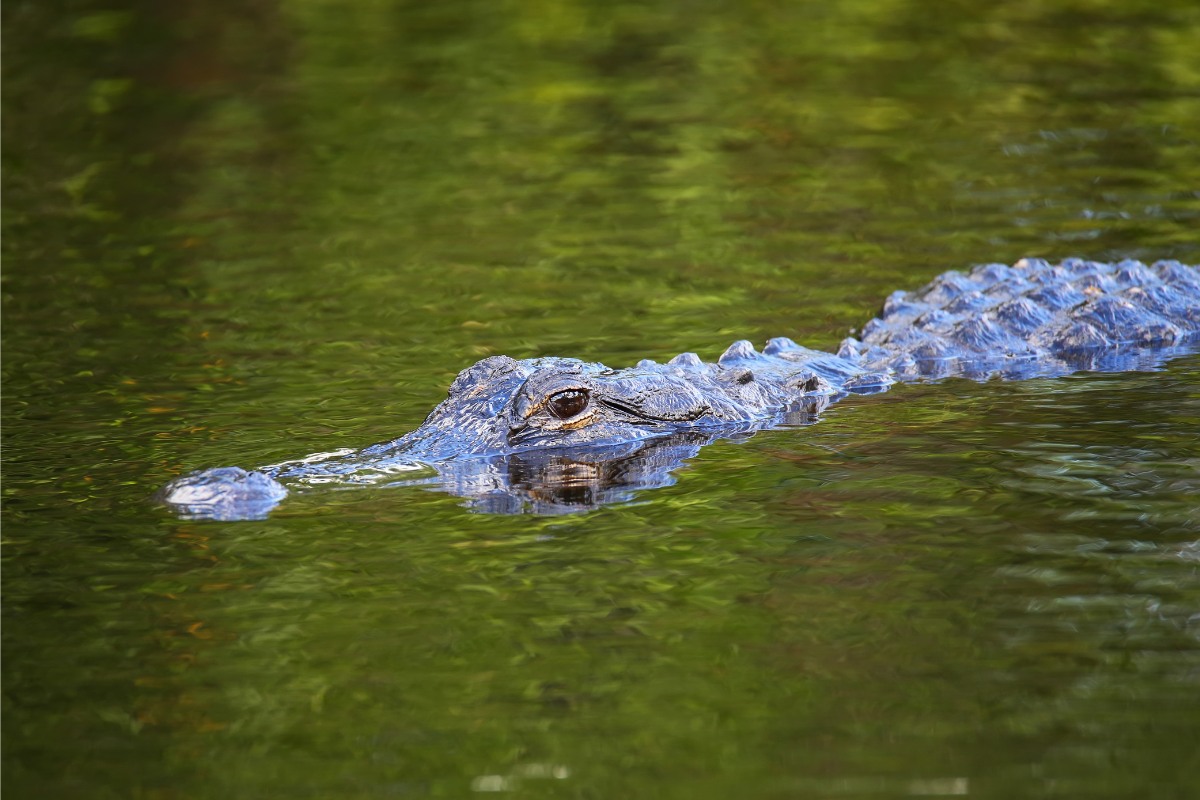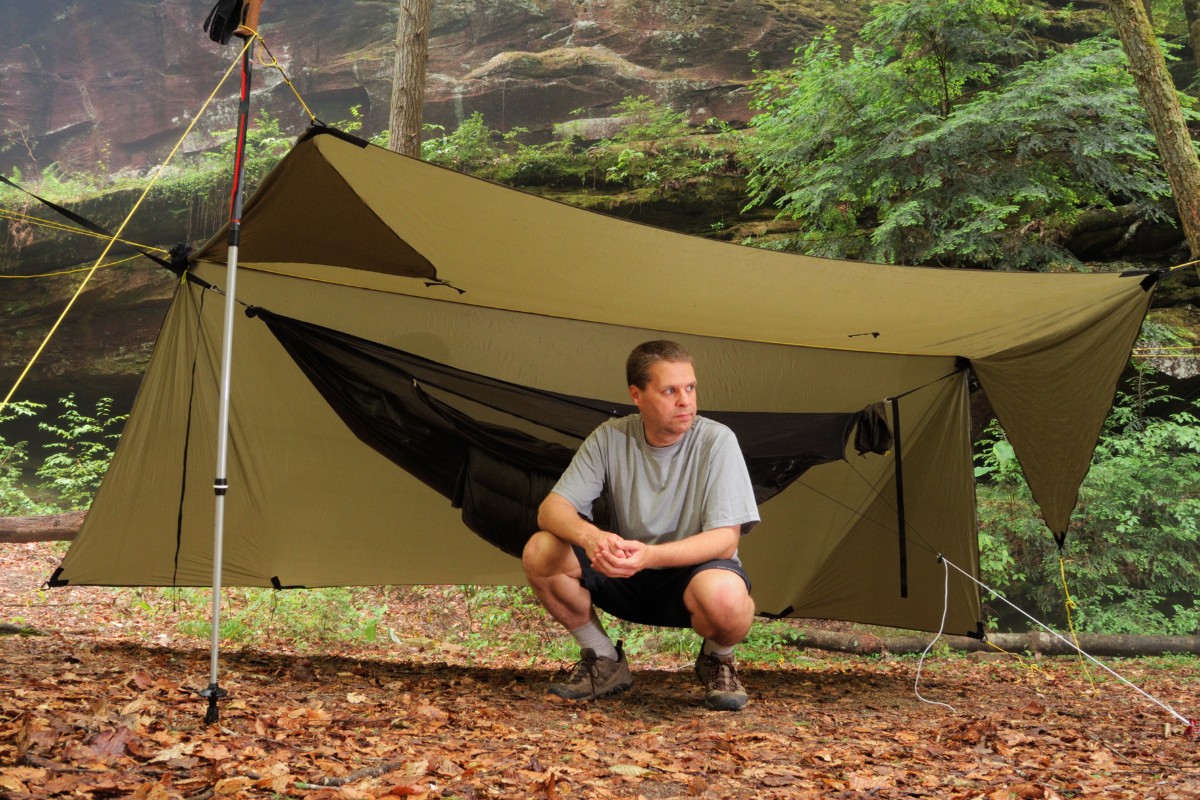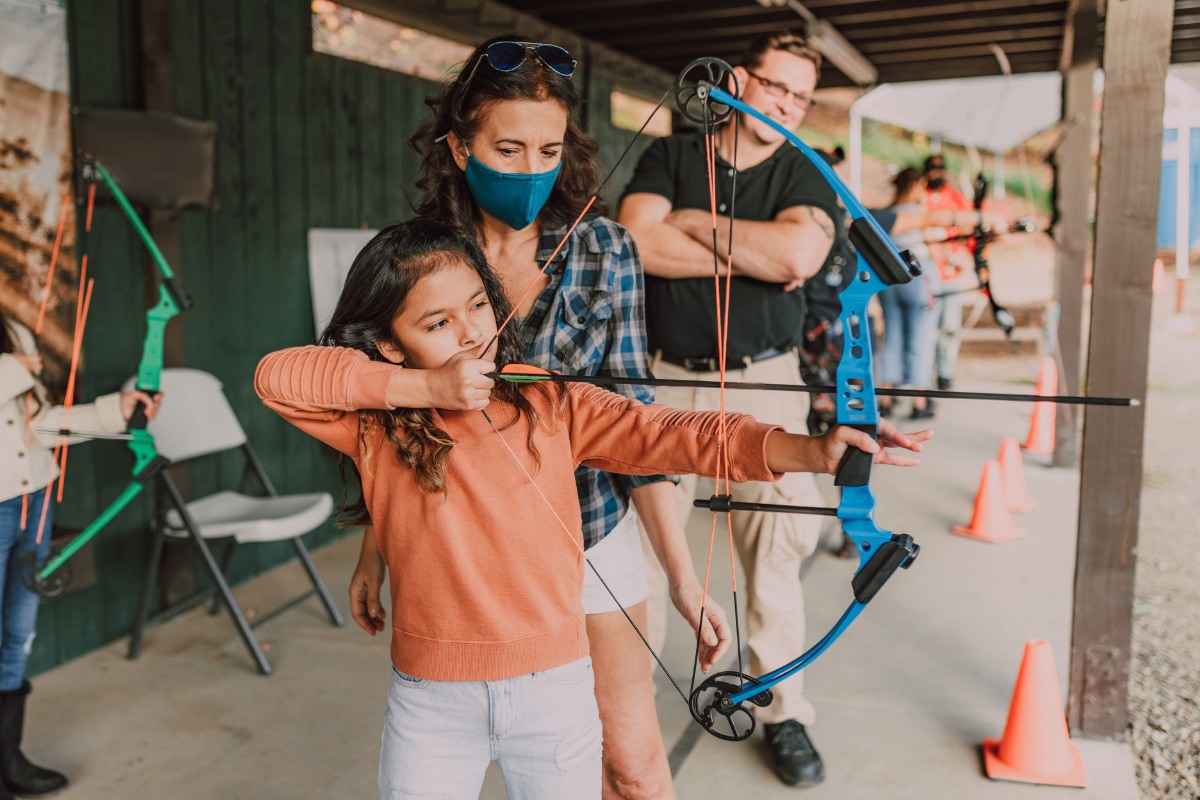A few simple rules, along with a lot of respect for the forces out there in the natural world, will help you avoid certain situations that otherwise might end up very serious.
- There is indeed safety in numbers: don’t boat alone. The recommended minimum is three people, two craft.
- Wear your personal flotation device (Life Jacket PFDs). It not only makes good sense. It’s the law.
- Recognize your limits. Avoid situations that are beyond your boating and swimming ability.
- Become a competent swimmer.
- Learn the essential canoeing and kayaking strokes and practice them until they become “second nature”. The safest boater is a skillful boater.
- Think and plan ahead. Know what hazards you are likely to encounter: rocks, down trees, waterfalls, sharp turns, and lake waters that can turn into nasty chops if the wind comes up.
- Be suitably prepared and equipped. Proper footgear, sun protection, raingear, spare dry clothing, rescue line, extra paddle, duct tape, first-aid, map, knife, etc., as your particular trip may require. Secure your glasses.
- Know and respect the water you choose to paddle. Check River classifications and be sure to find out what the water conditions are or will be at the time of launch. Check weather forecasts for the area. Consider recent rains, local and upstream temperatures, winds, and likely conditions, i.e., afternoon winds, late afternoon showers, and chilling nighttime temperatures.
- Beware of cold water and weather extremes. Dress appropriately.
- Be sure your craft is in good repair.
- Equip your canoe (optional for kayaks) with bow and stern lines, 1/4-inch or 3/8-inch lines 10 to 15 feet long. Fasten securely and leave the free end unknotted and accessible. Do not use these lines to tie in gear.
- Have a safety plan. Understand your responsibility to help your partner and other members of your group.
- Keep boats a safe distance apart. Allow the boat in front of you to clear a potentially hazardous stretch before you enter it yourself.
- Communicate with fishermen. If you’re not sure which side of the river someone is fishing or where to float through, ask the fisherman how he would like you to pass by.
- Give fishermen plenty of room when proceeding past them.
Spill
If you spill: If possible, hold onto your boat and get to its upstream end so you won’t be crushed against rocks. Stay calm and follow the rescuers’ instructions.
If others spill: Go after the boater first. In a group, upstream boaters head to shore and go forward with a rescue line to the capsize. Downstream boaters stand by to pick up people and, secondarily, gear. Rescue the boat only if this can be done safely.
Whistle Signals
Whistle signals can quickly communicate information to every member of the group. Be sure everyone knows the code:
- One blast: slow down
- Two blasts: go to shore
- Three blasts: capsize, take proper action for rescue
- Four blasts: approaching powerboat or jet ski








